In the world of optical sensing and medición de la distancia, two terms are often used interchangeably — Laser and Lidar tecnología.
However, while both rely on the same fundamental principle of light emission and reflection, their applications, working principles, and performance goals differ significantly.
If you’re involved in robotics, industrial automation, topografía, or smart infrastructure, understanding this distinction can help you choose the right sensing solution.
En Meskernel, we design and manufacture high-precision distancia láser sensors and ToF modules that power both laser-based and Lidar-based measurement systems.
What Is Laser Technology?
Laser stands for Light Amplification by Stimulated Emission of Radiation.
It refers to the generation of a narrow, coherent beam of light with a specific wavelength — often invisible infrared or visible red light — that can travel long distances without spreading much.
Lasers are the core light source behind many optical instruments, including:
In distance measurement, laser technology is typically used in point-to-point measurement systems.
Meskernel’s industrial laser distance sensors, for example, emit a focused laser beam and calculate distance based on the tiempo de vuelo (ToF) or phase shift between emitted and received light.
👉 In short: Laser technology provides the light — the foundation — while Lidar builds on it for more complex spatial mapping.
What Is Lidar Technology?
Lidar (Light Detección and Ranging) is a complete measurement system that uses laser beams to scan an environment and generate 3D spatial data.
Instead of measuring a single distance, Lidar systems emit thousands or millions of laser pulses per second, capturing multiple return signals to form a 3D point cloud of the surroundings.
Lidar technology is widely used in:
- Autonomous vehicles and drones (UAVs)
- Topographic and geological surveying
- Agriculture monitoring
- Smart city infrastructure and obstacle detection
Essentially, Lidar = Laser + Scanning + Data Processing.
It’s a mapping and perception technology, not just a laser beam measurement.
⚙️ The Key Difference: Laser vs. Lidar Technology
| Característica | Laser Technology | Lidar Technology |
|---|
| Definition | A light-emission technology that produces coherent beams | A full system using lasers to measure and map environments |
| Measurement Type | Single-point or linear distance | Multi-point 3D mapping |
| Salida de datos | Distance or displacement value | 3D spatial data (point cloud) |
| Complexity | Simple hardware, minimal processing | Advanced system with sensors, mirrors, and software |
| Aplicaciones | Industrial distance sensing, thickness, level detection | Autonomous navigation, terrain modeling, environmental mapping |
| Example Product | Meskernel LDJ Series Laser ToF Sensor | Lidar modules using Meskernel’s sensores láser as emitters |
⚡ Working Principle
🔹 Laser Distance Measurement (ToF Principle)
Laser distance sensors work based on the Time-of-Flight (ToF) principle — the time it takes for a laser pulse to travel to a target and return.
Formula:
Distancia = (Velocidad de la luz × Tiempo de vuelo) / 2
Meskernel Analógico Output Laser Sensores ToF can detect distances up to 200 meters with millimeter-level accuracy, making them ideal for industrial automation, conveyor systems, or tank level monitoring.
🔹 Lidar Scanning (Multi-beam & Rotating Systems)
Lidar takes the same ToF concept but scales it — by rotating the emitter or using multiple beams to scan in 360°.
Each reflected point is processed to build a 3D representation of the environment, used in autonomous vehicles, drones, and surveying systems.
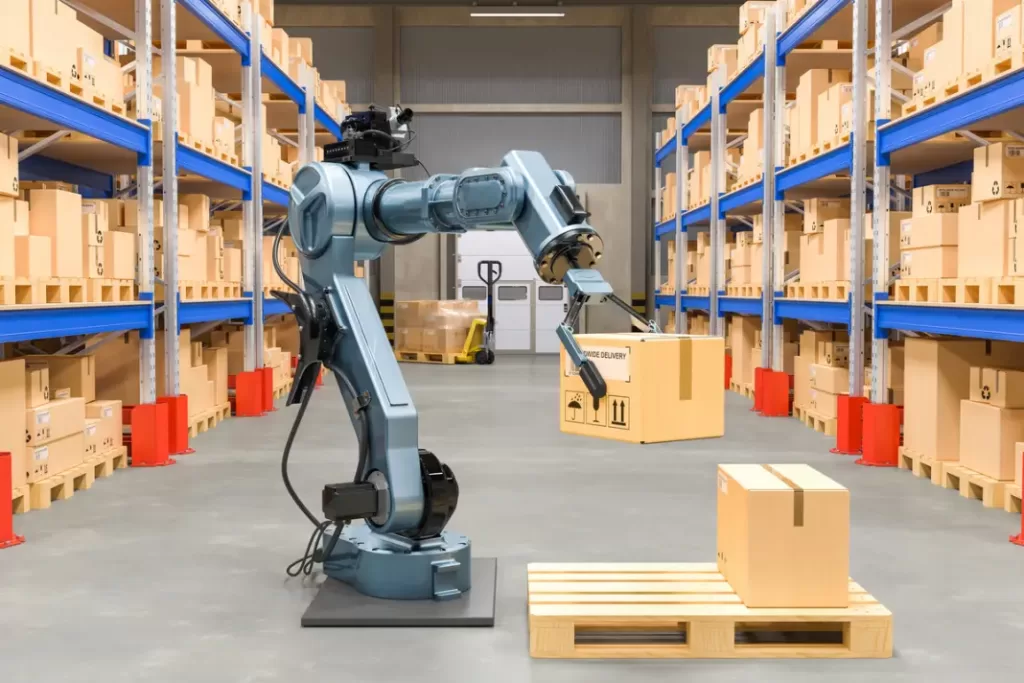
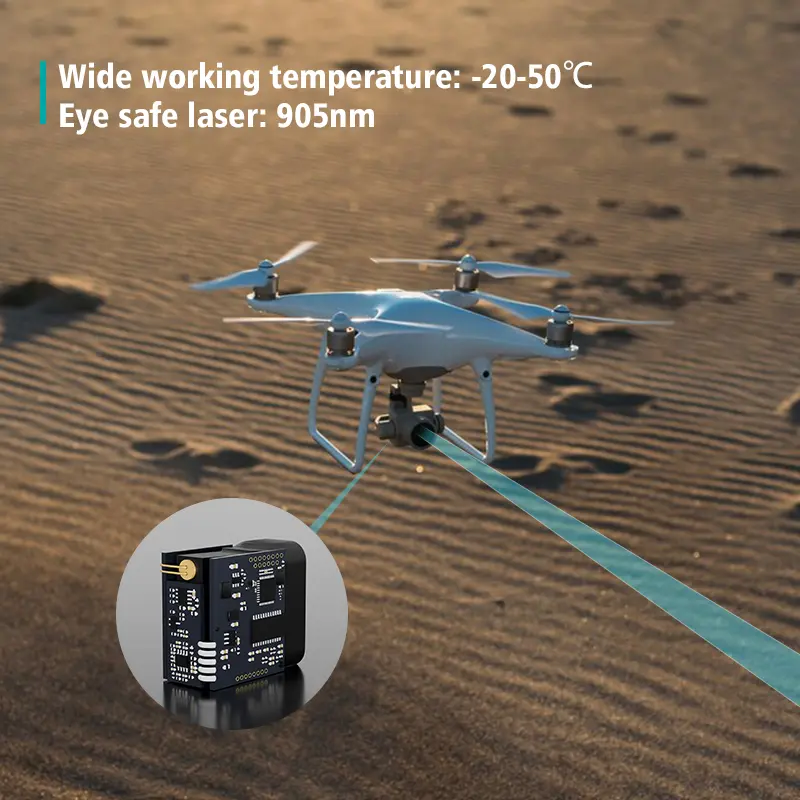
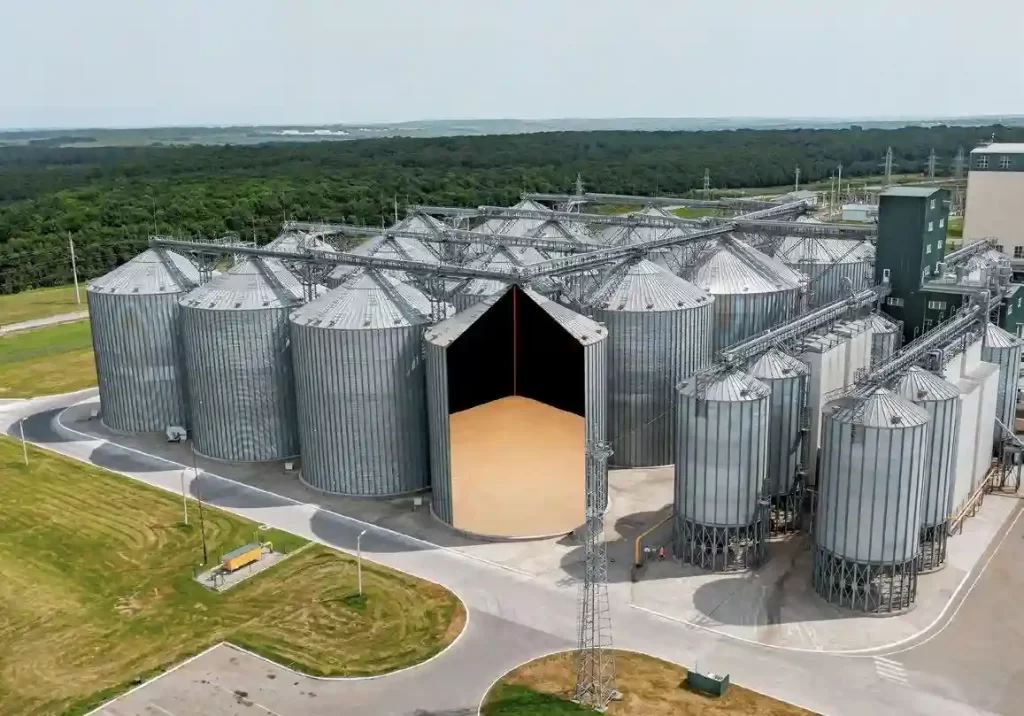
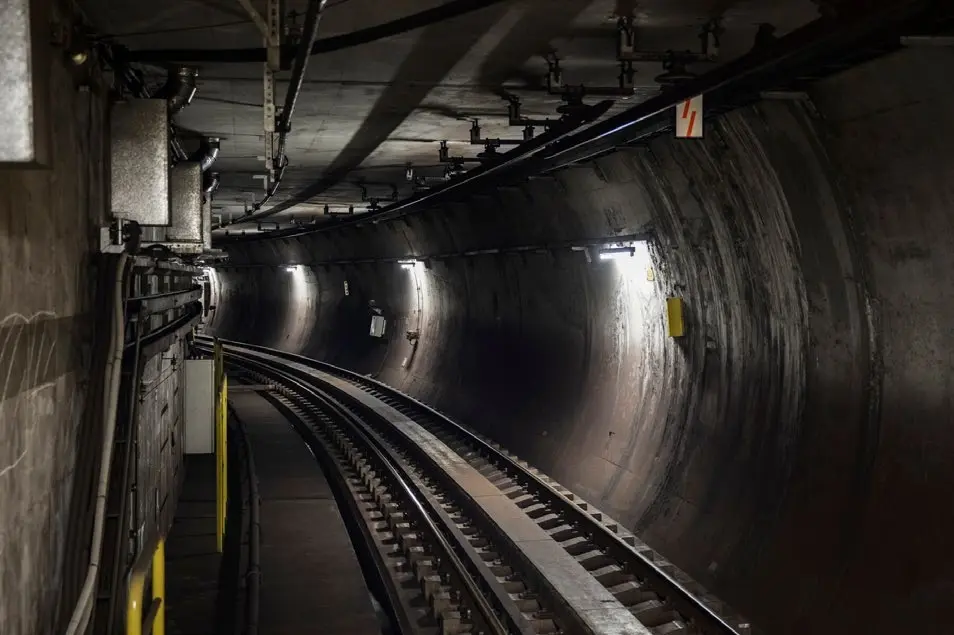
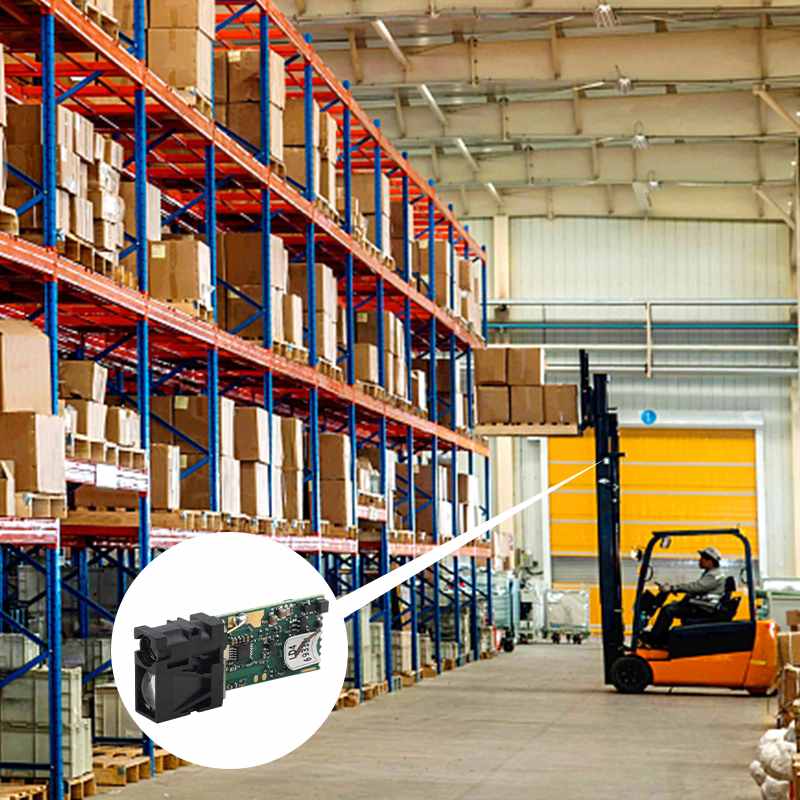
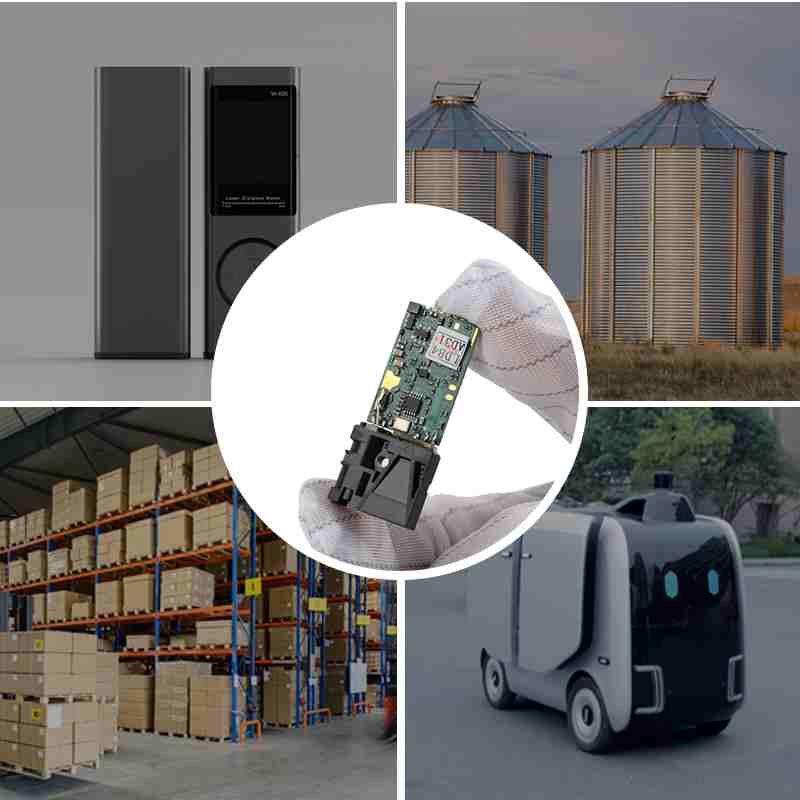
💡 Which One Should You Choose?
If your application requires:
- Single-point distance or position measurement
- Compact, fast-response sensing
- Integration into industrial machinery or AGV systems
👉 Choose Laser Distance Sensors, such as Meskernel LDJ or TS1224 series.
If your project involves:
- Environmental mapping
- Object detection and navigation
- 3D modeling
👉 Choose Lidar systems, many of which rely on laser modules as their core ranging element — often the same type that Meskernel provides.
🔧 How Meskernel Fits In
Meskernel’s Laser Sensor de distancia Modules are widely used as the core ranging components in both:
- Industrial measurement systemsy
- Lidar assemblies used in UAVs, mobile robots, and smart infrastructure.
Our products deliver:
- Long-range measurement up to 3000 m
- High accuracy (±3 mm)
- Protección IP67 for outdoor or industrial use
- Analog, RS485, UART, or CAN interfaces for flexible integration
Whether you’re building a Lidar perception system or an industrial precision sensor, Meskernel provides the laser core technology you can rely on.
Conclusión
While Laser Technology provides the light, Lidar Technology turns that light into environmental intelligence.
Both share the same physical principles, but their scope and applications differ drastically.
At Meskernel, we bridge this gap — offering laser distance sensors and ToF modules that form the heart of advanced measurement and Lidar systems worldwide.
Explora nuestro sensores láser de distancia → Visit Meskernel.net Products Page
FAQs
Q1: What is the difference between Laser and Lidar Technology?
Laser technology emits a single light beam for point measurement, while Lidar combines multiple laser beams with scanning to map entire environments in 3D.
Q2: Is Lidar based on laser technology?
Yes. Lidar systems use laser pulses as their light source, then calculate distance using the Time-of-Flight (ToF) principle.
Q3: Which is better, Lidar or Laser?
Neither is strictly “better” — laser sensors excel at precision single-point measurement, while Lidar is designed for spatial awareness and mapping.
Q4: What are typical applications of laser distance sensors?
Laser sensors are widely used in industrial automation, level measurement, conveyor control, and position feedback systems.
Q5: What is LiDAR technology used for?
LiDAR technology is widely used in:
Autonomous vehicles and AGVs for navigation and obstacle detection.
Topographic mapping and surveying for terrain and 3D modeling.
Forestry and agriculture to measure vegetation height and biomass.
Automatización industrial for distance control, positioning, and surface measurement.
Smart cities and security systems for environmental monitoring and safety detection.
Q6:How does LiDAR technology work?
LiDAR systems emit rapid laser pulses toward a surface. The sensor measures the time of flight (ToF)—the time it takes for the light to travel to the target and back. This data is processed to calculate distance and generate 3D models or point clouds.
Q7:What is the range and accuracy of modern Lidar Technology?
The performance of Lidar Technology depends on the laser source and detector quality. With high-end laser modules like Meskernel’s long-range ToF sensors, systems can measure up to 3000 meters with ±3 mm accuracy, suitable for both industrial automation and outdoor scanning.
Q8:What is the difference between radar, laser, and LiDAR?
Radar uses radio waves, making it effective in fog, rain, or dust but with lower precision.
Sensores láser use visible or infrared light for accurate short-range distance measurement.
LiDAR combines laser emission and scanning to map surroundings in 3D with millimeter-level accuracy.
LiDAR technology offers higher spatial resolution, while radar excels in penetration and long-range detection.
Q9:What is the difference between Time of Flight (ToF) sensors and LiDAR?
A ToF sensor measures distance using one laser beam to calculate the time light takes to return.
LiDAR, however, uses multiple ToF measurements across an array or rotating mirror to scan and reconstruct an entire 3D environment.
In short, LiDAR = ToF + scanning + data processing.
Q10:Why is LiDAR technology important in automation and robotics?
In AGVs, drones, and industrial robots, LiDAR technology enables real-time object detection, navigation, and mapping.
For instance, Meskernel’s industrial laser distance sensors provide precise feedback for position control, collision avoidance, and surface measurement, ensuring accuracy even in complex environments.